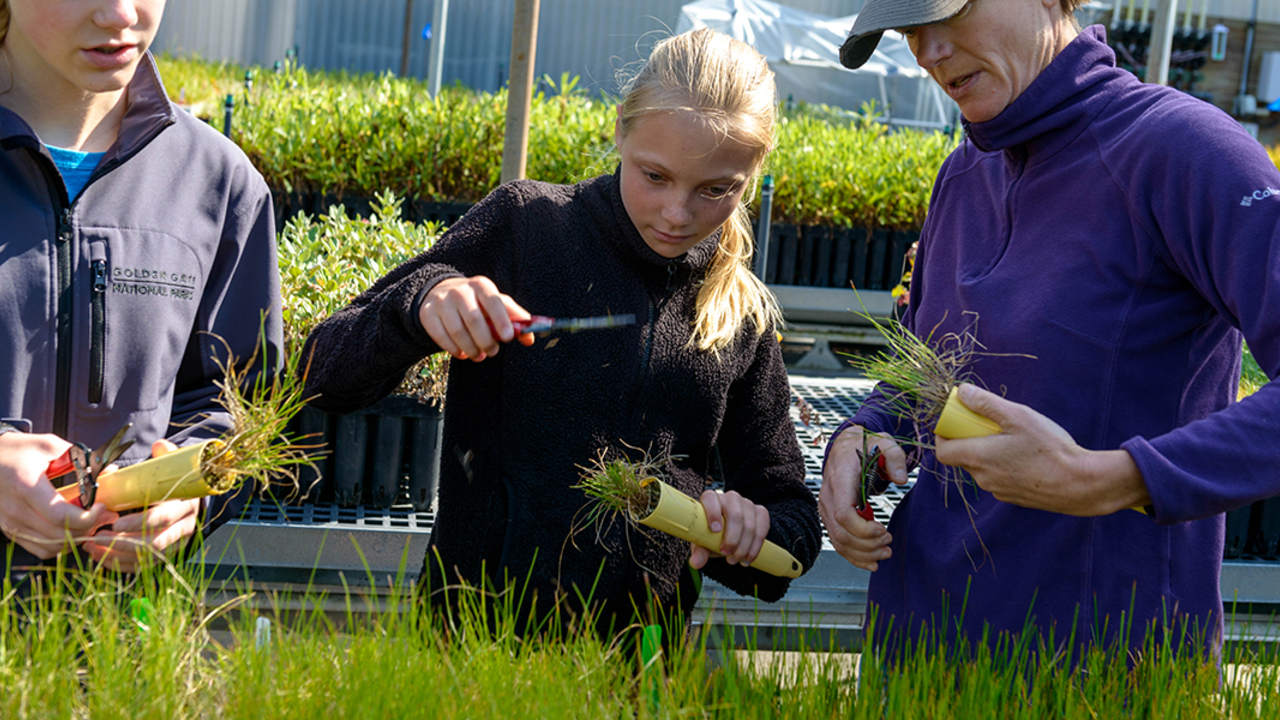Live Forever
(Dudleya farinosa)

Eric Poelzl/Parks Conservancy
Endangered
No
Population
Common in Golden Gate National Parks.
Plant Family
Crassulaceae (Stonecrop). There are 30 genera and 1,500 species of succulent herbs and shrubs composing this family. Members of this family usually are perennial and have fleshy leaves. Flowers in this family usually have five sepals, five petals and either five or ten stamens. Other members of this family include Sedum spathulifolium (Stonecrop) and Sempervivum (Houseleeks).
Latin Derivation
Genus: Dudleya is named for Wilham Russel Dudley (1849-1911) who was the first professor of botany at Stanford University.
Species: farinosa is Latin for mealy or powdery.
Description
Leaves are green to red, oval and pointed; they occur in basal rosettes as well as forming triangular platforms alternating along stems. Lower leaves are often densely covered with a white, mealy wax. Flowers are pale lemon yellow and characterized by five fused petals forming an upright tube. Flowers occur in tight clusters at top of stem. Blooms from May to September. Small, dark seeds form in dried cups of flowers.
Habitat
Live forever occurs in rocky areas and trail cuts. You can find this plant in the Marin Headlands along the coastal trail above Rodeo Beach.
Interesting Facts
Plants within this family have a specialized form of metabolizing—Crassulacean Acid Metabolism (CAM)—that is a photosynthetic adaptation to high light, low moisture environments. The stomates (pores) on the leaves of this plant open at night to allow the accumulation of carbon dioxide in the form of an organic acid. The stomates then close during the day when the stored carbon dioxide is used for photosynthesis.
